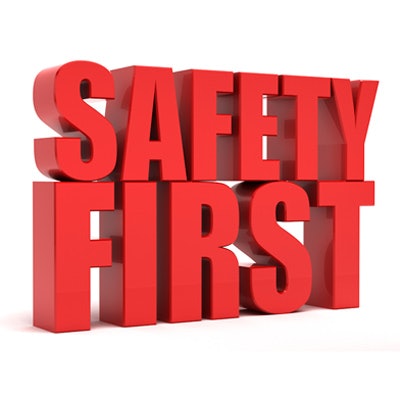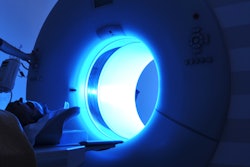
"With careful consideration, control, and training, imaging with MR can be a relatively innocuous experience for both patients and personnel." Those words of wisdom come from an article published online August 24 in the Journal of the American College of Radiology on how to reduce or eliminate accidents and injuries in the MRI suite.
While serious accidents in the MRI suite are rare, the potential for incidents is exacerbated by the number of technologists, physicians, and hospital personnel -- not to mention the patients themselves -- near an MRI scanner.
This traffic creates a "great potential for accidents that could occur if metals from the environment, adornments, implants, and other unintended sources are also present in or near the field. ... Through carefully structured oversight and the establishment of strict guidelines regarding access, responsibilities, and training, these risks can be mitigated, and accidents can be prevented," wrote lead author Dr. Nathan Cross and colleagues from the University of Washington.
Arguably the most danger comes from metallic devices such as oxygen tanks and wheelchairs that the scanner's powerful magnet can turn into projectiles. Earlier this year, a man in India was killed when he brought an oxygen tank into an MRI suite while accompanying a family member for a scan. Although the hospital had guidelines in place to prevent such an incident, they reportedly weren't followed by staff.
The authors recommend staff training based on a person's level of involvement in the MRI scanning process:
- Level 1: medical assistants, radiology nurses, radiologists, and others who are seldom in the MRI suite and would require a minimal amount of training
- Level 2: technologists, radiologists, physicists, scientists, engineers, and others who routinely work in and around the scanner
All other individuals should be screened before given access to the MRI suite, and they may receive minimal training if repeat access is necessary.
Imaging centers also must designate an MRI medical director, a safety officer, and a safety expert. Ideally, the medical director's post is filled by an MRI physician who ensures guidelines are "created, implemented, and adhered to at all times," while the safety officer's duties are handled by an MRI technologist who oversees the "safe operation and execution of MRI and monitoring of its associated environment," Cross and colleagues wrote.
A wealth of information is available through organizations such as the American College of Radiology, the American Board of Magnetic Resonance Safety, and the Joint Commission on how to achieve MRI safety at all levels within an imaging center. The directives go beyond the aforementioned strategies to include documenting "patient safety issues involving nephrogenic systemic fibrosis, implanted devices, acoustic noise, and claustrophobia and to perform the appropriate corrective actions in each instance," the authors noted.
"With these resources and a carefully selected team, the risk for MRI-related accidents can be vastly reduced if not completely eliminated," they concluded.




















